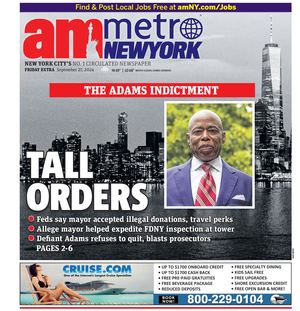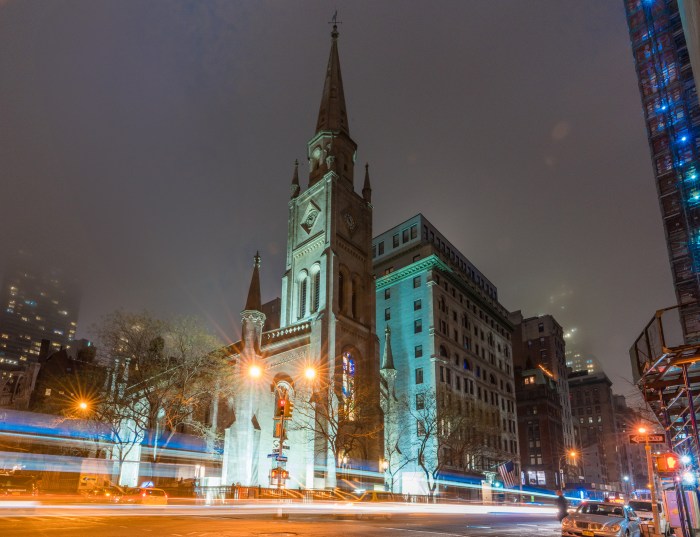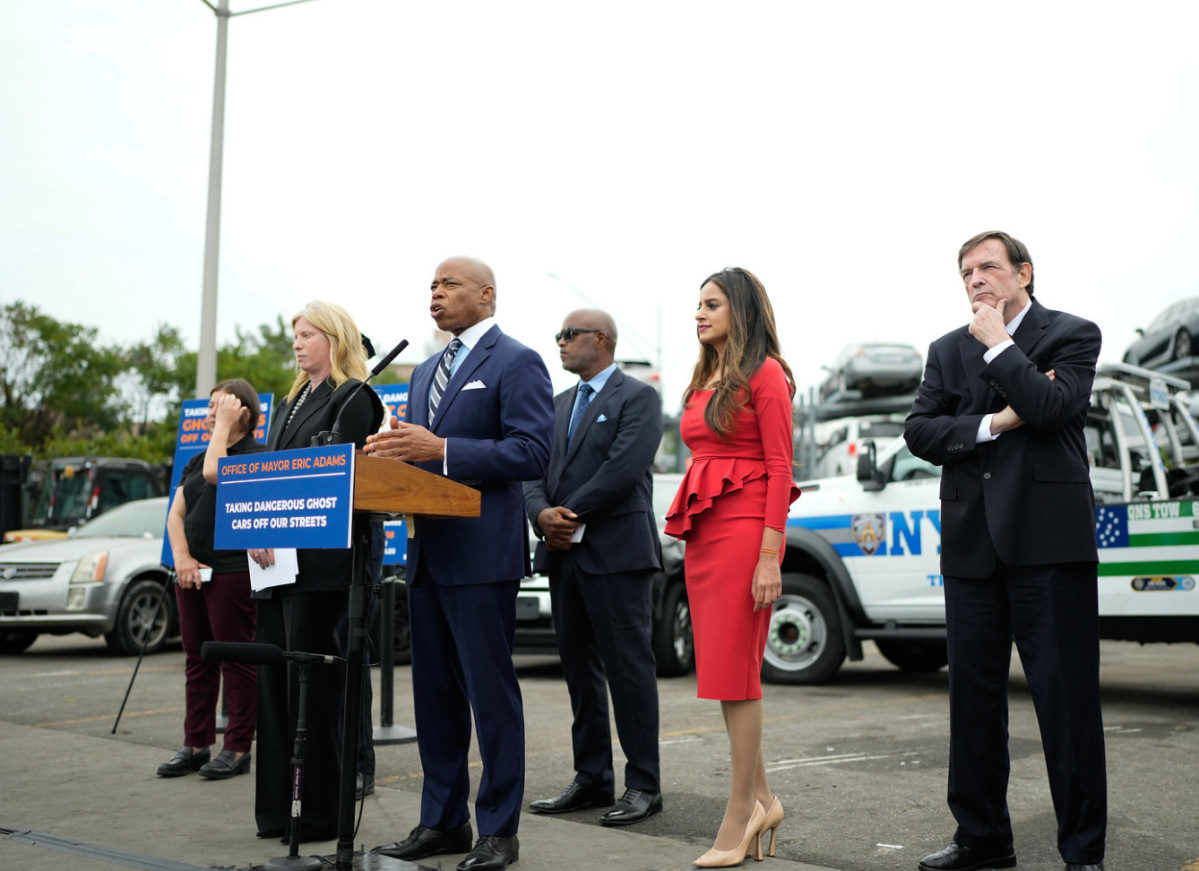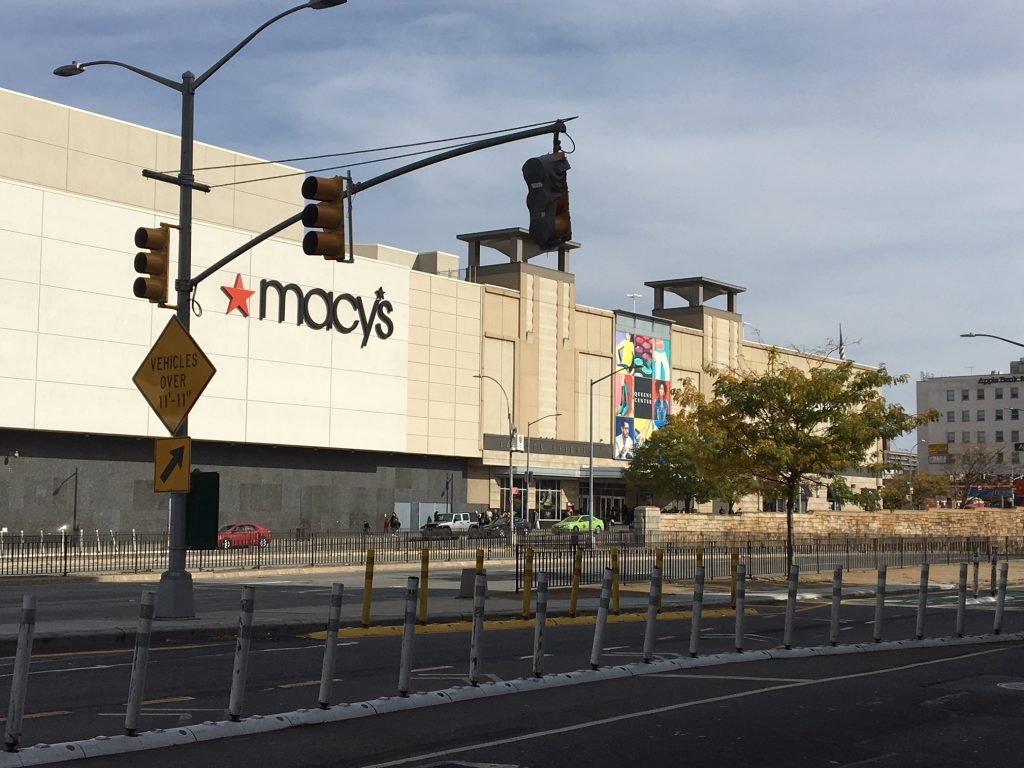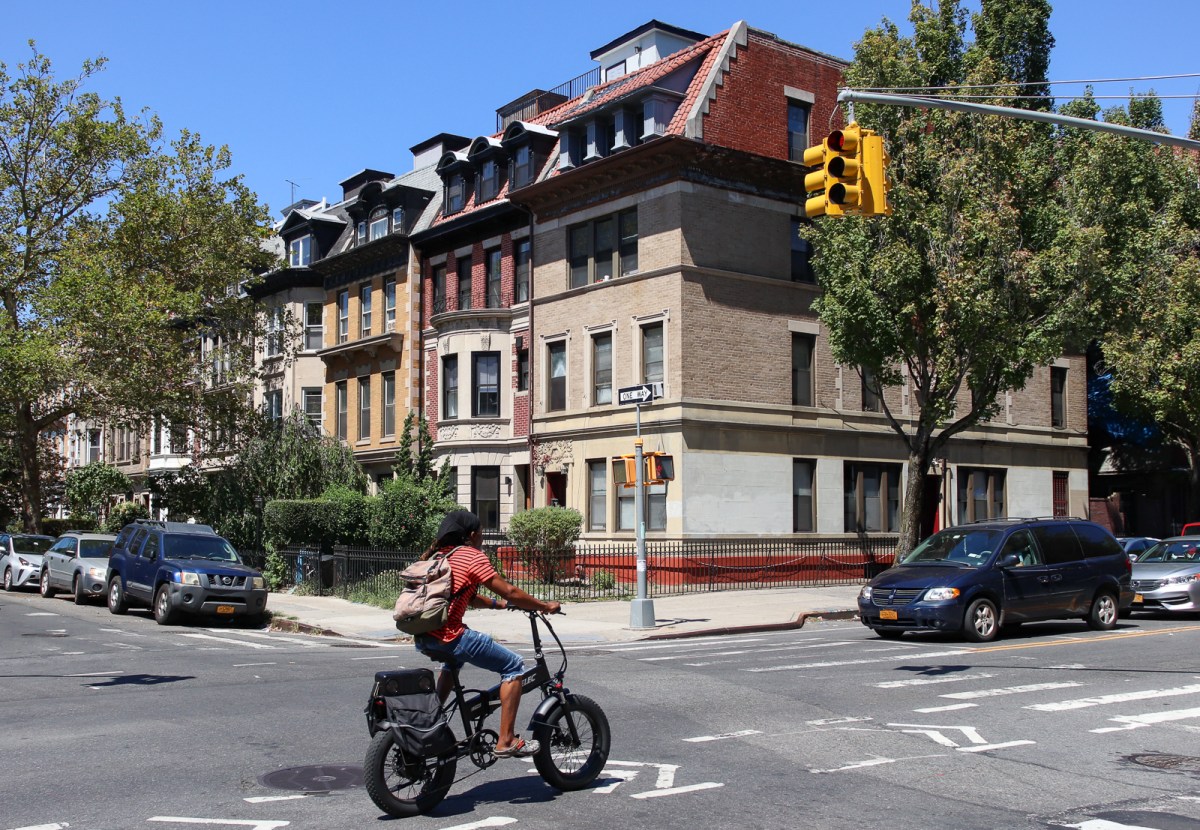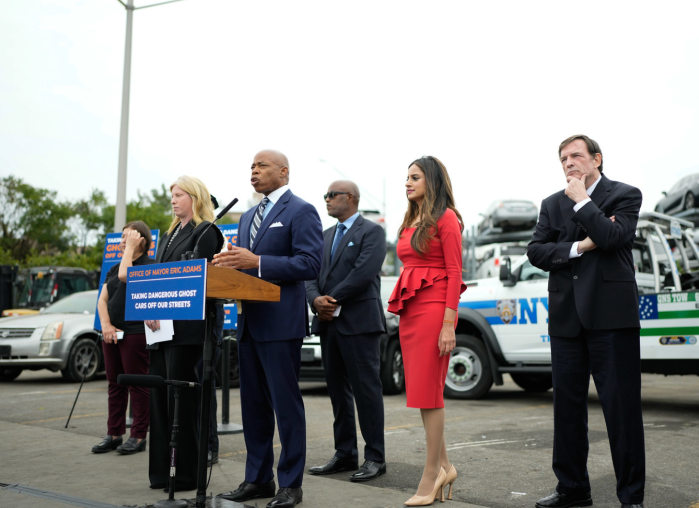By Julie Shapiro
Despite the city’s best efforts to wring money out of Pier A, the redevelopment project likely will not turn a profit, the Battery Park City Authority said this week.
The authority took over the development of the dilapidated historic pier building last year, after the project sat idle in a private developer’s hands for nearly a decade. The idea was for the authority to repair the building and its substructure using $30 million from the city. Then, the authority would lease the refurbished space and hopefully recoup the city’s investment.
Now, it looks unlikely that Pier A will make enough money for the city to break even, said Alexandra Altman, executive vice president of B.P.C.A.
When Altman spoke at the authority’s monthly board meeting Tuesday morning, Charles Urstadt, vice chairperson of the board, sounded alarmed.
“We should tell [the city] how much they’re going to lose on this thing,” Urstadt said.
“I think they probably know,” replied Jim Cavanaugh, president of the authority. The city has seen the same numbers as the authority, he said.
The city has been adamant from the beginning that the project must make money. When the city leased the pier to the authority last year, the city gave the authority a tough-to-meet $30 million budget, which was based on figures from years ago and did not account for inflation or rising construction costs.
The city’s Economic Development Corp. has also insisted that a restaurant and catering company anchor the space, Altman said. The authority had spoken to several cultural institutions about using Pier A, but that would conflict with E.D.C.’s vision, Cavanaugh said.
Janel Patterson, E.D.C. spokesperson, did not respond directly to the financial concerns, but released a statement saying, “E.D.C.’s goal for Pier A has always been to preserve this important maritime landmark and create a new, first-class destination in Lower Manhattan. Given Battery Park City’s record of successfully developing and maintaining public property, its involvement gives us great confidence in its ability to restore the pier in the appropriate manner.”
Jeanne Giordano, the authority’s retail consultant, also said a restaurant/retail combination would have the best chance of generating revenue at the site, Altman said. But others questioned whether the pier, which juts out into the harbor where Battery Park meets Battery Park City, gets enough traffic to support a restaurant, especially in the winter.
“Putting a restaurant in here is certainly not a slam dunk,” said Robert Mueller, an authority board member. “I’m not trying to be a soothsayer of doom — it’s just not an easy place to put anything.”
And even a successful restaurant and catering hall could have trouble paying the kind of rent the city would need to break even, Altman said. Each year, the city will have to pay off about $1.5 million of the debt it took on to renovate Pier A, Urstadt estimated. That means Pier A’s 34,000 square feet would have to rent for about $45 per square foot, which is an unrealistic figure, the authority said.
The authority is currently repairing the 123-year-old landmarked pier. The underwater work is complete, and the next step is to replace the concrete deck on the first floor, which has deteriorated. The authority expects to have the core and shell of the building ready to turn over to a tenant in April 2011. The tenant would then build out the space.
This winter, the authority will develop a request for proposals for tenants, which will likely be released in the spring, Altman said.
The National Park Service was considering using Pier A to screen tourists for Ellis and Liberty islands but decided earlier this year not to do so.
Despite the city’s focus on generating revenue, some Battery Park City residents hoped a nonprofit organization could use at least some of Pier A.
“It’s wonderful spot, it’s historic, so it should have some sort of cultural element,” said Anthony Notaro, a member of Community Board 1’s B.P.C. Committee. Notaro added that any retail should be geared toward residents.
Barry Skolnick, another member of the B.P.C. Committee, would like to see a museum or performing arts center at Pier A, rather than a restaurant and catering establishment.
“I don’t like to think that money governs everything in New York,” he said. “It’s a shame.”
If a catering hall does end up at Pier A, Skolnick hopes the community could use the space part of the time as a compromise.
Not everyone was displeased at the idea of a restaurant.
“That sounds good to me,” said Bill Love, another community board member. “We always need better restaurants in Battery Park City.”
Julie@DowntownExpress.com
